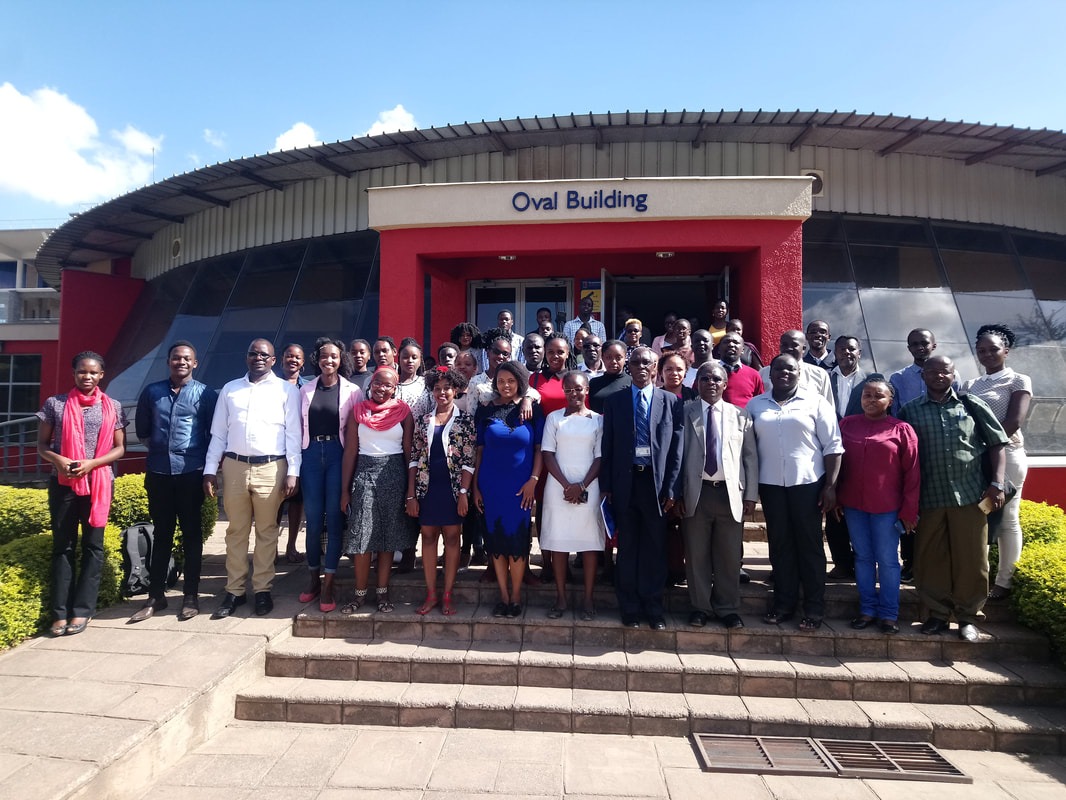Using exploratory data analysis to visualize and test hypothesis is fast becoming a method of choice for many researchers working across disciplines. Data visualization allows team members to work together in building ideas about how ecological systems work. Victor Mose outlined the benefits of this approach at the third annual International Biometric Society (IBS)–Kenya chapter held at the Strathmore University in Nairobi.
He used the long-term Amboseli data to show how spatial exploratory data analysis can reduce complex ecological hypothesis to simple visual presentations with cross-cutting research applications. The approach requires no prior knowledge about the data and can be rapidly applied to formulate and test hypothesis in visual form with wide applications.

Using exploratory data analysis to visualize and test hypothesis is fast becoming a method of choice for many researchers working across disciplines. Data visualization allows team members to work together in building ideas about how ecological systems work. Victor Mose outlined the benefits of this approach at the third annual International Biometric Society (IBS)–Kenya chapter held at the Strathmore University in Nairobi.
He used the long-term Amboseli data to show how spatial exploratory data analysis can reduce complex ecological hypothesis to simple visual presentations with cross-cutting research applications. The approach requires no prior knowledge about the data and can be rapidly applied to formulate and test hypothesis in visual form with wide applications.

Using exploratory data analysis to visualize and test hypothesis is fast becoming a method of choice for many researchers working across disciplines. Data visualization allows team members to work together in building ideas about how ecological systems work. Victor Mose outlined the benefits of this approach at the third annual International Biometric Society (IBS)–Kenya chapter held at the Strathmore University in Nairobi.
He used the long-term Amboseli data to show how spatial exploratory data analysis can reduce complex ecological hypothesis to simple visual presentations with cross-cutting research applications. The approach requires no prior knowledge about the data and can be rapidly applied to formulate and test hypothesis in visual form with wide applications.

Using exploratory data analysis to visualize and test hypothesis is fast becoming a method of choice for many researchers working across disciplines. Data visualization allows team members to work together in building ideas about how ecological systems work. Victor Mose outlined the benefits of this approach at the third annual International Biometric Society (IBS)–Kenya chapter held at the Strathmore University in Nairobi.
He used the long-term Amboseli data to show how spatial exploratory data analysis can reduce complex ecological hypothesis to simple visual presentations with cross-cutting research applications. The approach requires no prior knowledge about the data and can be rapidly applied to formulate and test hypothesis in visual form with wide applications.

Amboseli Conservation Program
P.O Box 15289-00509 or 62844-00200
Nairobi, Kenya.
Tel/Fax: +254 20 891360 / 891751
Email: acc@acc.or.ke